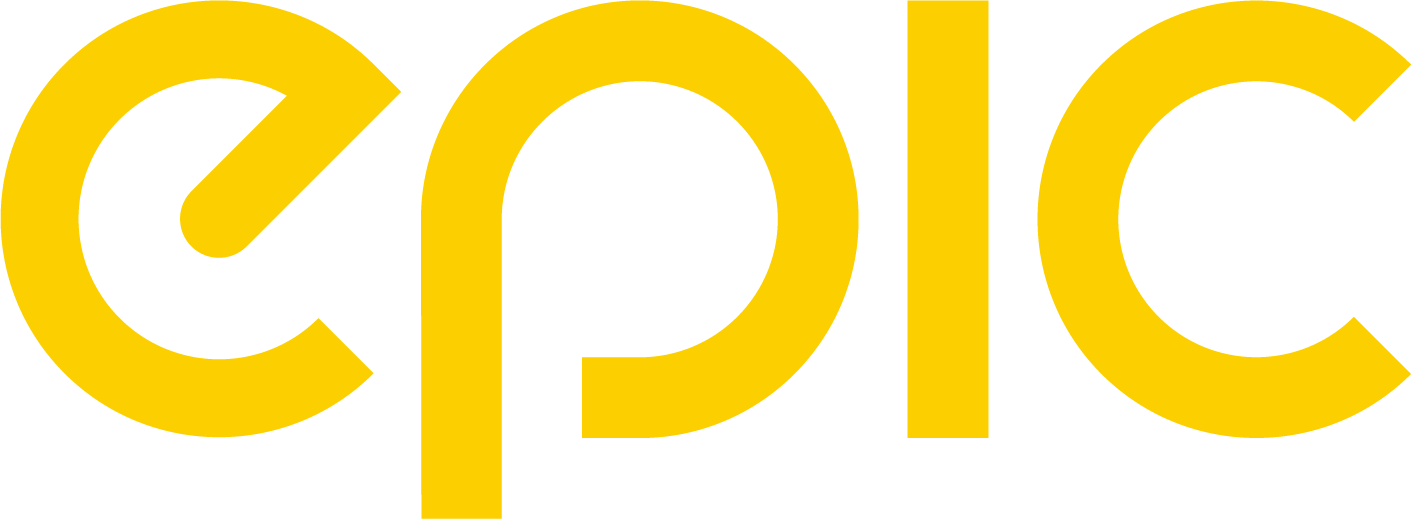Construction Industry Website Design
The construction industry, like any other, relies on company awareness to land jobs. Whether it’s word of mouth, reviews on online platforms, or prevalence on the search results page, getting seen and being known is a key factor in growing your business and increasing your work. Having a good-looking and properly functioning website is necessary for establishing an online presence. The more often your site is seen and recognized by potential clients, the more likely you are to generate conversions.
Why a Website?
Well-built websites are part of any effective marketing plan. Similar to social media marketing, they act as a brand awareness tool. Aside from housing important information on your products, services, or business, your site acts as a powerful marketing asset through a variety of features. A construction website design should play into the strengths of your business or specific service, highlighting why your construction company is the one to choose for potential jobs.
-
-
Showcase Work.
For starters, your construction company’s website can act as an online portfolio to showcase past and current projects. This is particularly important for general contractor websites, as their work can span many different industries, from residential to retail. Your previous work reflects a lot of who your company is—your style, caliber of construction, ability to tackle challenging products, and the final product you’re capable of producing. Potential clients in the construction industry are looking for companies that have a record of producing good quality work over and over. People also respond well to images and videos when comparing businesses. A well-built portfolio on your site can help outline your company’s capabilities for future employers.
-
-
-
Paid Performance.
A good site is built to drive conversions. Landing pages are in large part responsible for conversions and should be treated as an important aspect of the site. Landing pages refer to the site page where users are directed when they click on the ad. The first part of driving a lead is developing a good enough ad for them to click on, but from there, a quality landing page is what turns the lead into a client. Well-built landing pages include some of the following features:
-
-
-
Consistent Branding.
Your business’s brand should be kept consistent in all online aspects, including and most importantly the landing page. Because landing pages are usually generated through an external ad, the user should recognize that the landing page and your site are the same business. Whether that’s logo consistency, color consistency, or message consistency, it should be clear that this page is linked to you.
-
-
-
Visuals.
Enticing pictures and videos are an important strategy to capture the attention of potential clients. A good web design will be both informative and nice to look at. These visual elements should have practical value aside from being just good-looking. Perhaps these images show past work or the videos take you through a company mission statement or a collection of work footage.
-
-
-
Call-To-Action.
Call-to-actions, which we will delve into further down, are a key aspect in generating some sort of click on the landing page. A call-to-action encourages the user to take some sort of action on the landing page. Generally, these are built into landing pages in the form of bright colored or contrasting colored buttons. You want to keep your CTAs to one per page so as to not confuse or overwhelm your potential client.
-
-
-
Lead Capture Form.
Lead capture forms are perhaps the most important part of a landing page. Lead capture forms work to do just that, capture leads. This form generally asks for a few basic pieces of information. This includes name, email, phone number, and a basic blurb on what the person is needing. Depending on the purpose of your lead capture form, you may ask one or two supplemental questions to get a better idea of what this person is looking for. For a construction company, this could look like some descriptive factors on the work they want to be done, the type of project, the size, etc.
-
-
-
Impact SEO.
Search engine optimization, also known as SEO, is the process of improving both the quantity and the quality of traffic to a specific website. The more traffic that sees your construction website, the more likely it is that these page views will turn into conversions. SEO can be strengthened in a number of ways.
-
-
-
Page Content.
The content you house on your page should not only be informational and practical but should be selected and curated to improve SEO. A popular method of boosting SEO through content is the use of keywords and keyword phrases. Keywords refer to terms that are commonly searched in Google. The more content your site has that reflects those terms, the higher chance the search engine will display your site towards the top of the results page.
-
-
-
Page Structure.
Consistently updated and easy-to-read content is key to improving your site’s SEO. The use of headers to separate various content topics works not only to make it easier to follow, but search engines actually recognize the text in the header format. Quality headers that include important keywords can make a significant difference in how well your site ranks on the search results page.
-
-
-
Metadata.
Metadata refers to information that you can write into the code of the website. This information often describes the content of the page and what it is discussing. It is key that you consistently update your metadata over time as your site changes and grows to ensure that it continues to reflect its current state. While there are three main types of metadata, title metadata, description metadata, and keyword metadata, the most important is the first. Title metadata is what is displayed at the top of your browser window as well as what comes up as the headline in search results.
-
4 Pillars of a Quality Site
The best websites are custom, ground-up builds. You want your website to reflect your company in every way. From the design to the copy, and the features to the photos and videos, it should be a platform that mirrors all the strengths your business has to offer. Construction web design is no different, your webpage should be an informational highlight reel of your past work, your services, and all the necessary information that a potential client would want or need to know.
-
-
Mobile-Ready.
More than half of all search inquiries are now done through a mobile phone. For maximum audience retention, websites should be optimized to function seamlessly on a smartphone operating system. If a site fails to load or loads too slowly, chances are the user will leave the page and move to a different one, potentially costing you business.
-
-
-
Functional & Fast.
One of the most important factors when looking at website performance is how long a user stays on a page. Sites that are slow to load or aren’t functional in the way they should cause users to leave the page and go to a different one, causing a loss in conversions. Your site should be quick to load and function without glitches. Whether your page features a map tool, a form fill-out, or any other interactive element, it is of the utmost importance that they work well.
-
-
-
Clear CTAs.
CTAs are also called “Calls to action” and refer to a specific button or feature on the site that urges the user to take a specific action. This could be a “join now” button or a “get in touch” form. Whatever the call to action may be, it must be clear to the user. Most call-to-action elements sit on the header of the page. This is because the header is displayed on every additional site page, not just the home screen. Additionally, being up in the header follows the eye line of the user making it stand out and easy to see.
-
-
-
Built For Growth.
Your site should be built with growth in mind. A site design for growth includes building out features that drive long-term results. While it may be tempting to use your website to house main information and a contact page, effective sites have so much more to them. Adding a blog to your site can help rocket your page to better search results. As aforementioned, the content on your site can do a lot for your visibility on the internet. When you’re looking to build or redesign your site, consider investing in aspects that can help your site grow with your business from the get-go. It can save you from a lot of future headaches.
-
Custom Web Design With Epic
Epic Marketing has been designing and building custom sites from the ground up for nearly 16 years. We believe high-quality websites that drive conversions and escalate growth are custom built from the ground up. Our talented team of developers and designers have trained in web design best practices and constructing functional, fast, and good-looking online platforms designed to push your business to the next level. If you’re looking to up your website game, give us a call.

